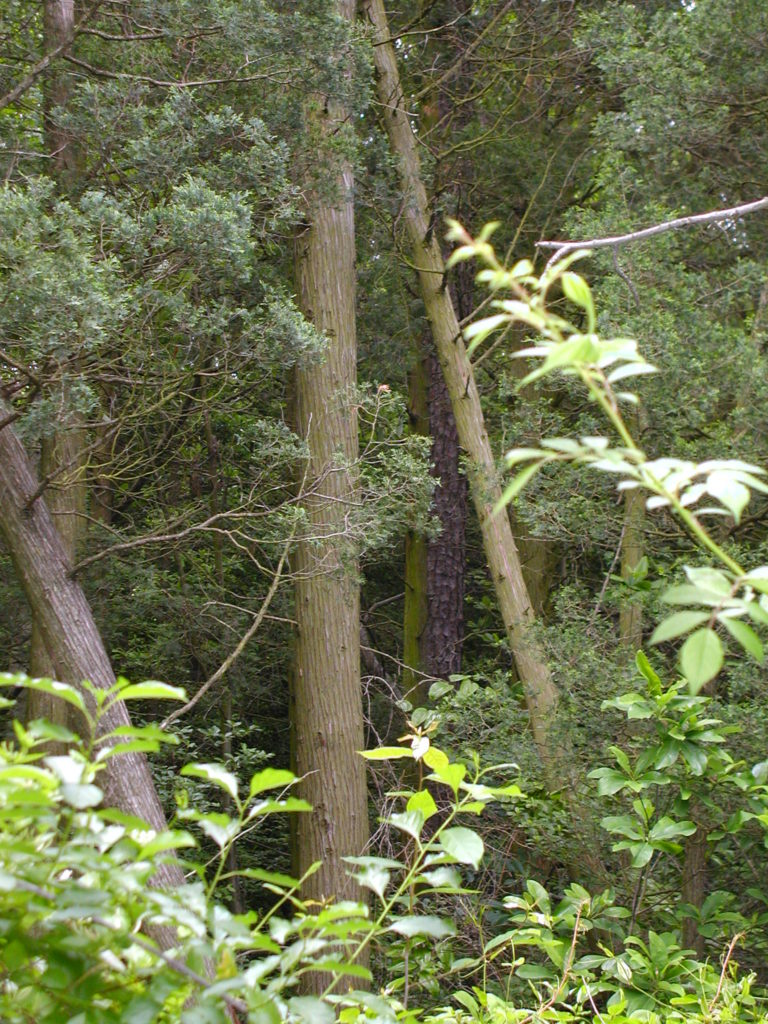This plant is not currently for sale. This is an archive page preserved for informational use.
The majestic Atlantic White Cedar is actually a Cypress, not a Cedar. It is a medium-to-large (50-ft), coniferous, evergreen, wetland tree well known for the excellent quality of its light, strong wood. Its range is coastal (less than 200 feet elevation) from southern Maine to northern Florida and a disjunct population occurs in coastal Mississippi and Alabama. The bluish-green foliage of the Atlantic White Cedar is softer than that of Red Cedar. The seed cones are small and roundish. Historically the wood has been in great demand as a material for boat-building, shingles, siding, and any product that would be in contact with water. Commercially over-harvested for years for its high quality timber, efforts are now underway to restore White Cedar in freshwater coastal areas from Maine to Georgia and the Gulf Coast. In the Carolinas, White Cedar stands are still found in in bogs in coastal and Sand Hills swamp forests. Atlantic White Cedar will grow nicely in upland sites and bear seeds, but a high water table is necessary for the tree to spread. It is not adapted to fire.

